
From acclaimed Japanese director Takashi Miike comes the marvelously-constructed period piece 13 Assassins. You may know Miike from his other, stranger films such as Audition or Ichi the Killer, but here, he leaves that all behind to completely switch genres for a samurai action film.
In the tradition of other great Japanese directors like Akira Kurosawa, Hiroshi Inagaki (The Samurai Trilogy), and Masaki Kobayashi (Samurai Rebellion, Harakiri), Miike has put together a good old fashion samurai tale, this time dealing with “men on a mission” and ever-present topics such as revenge, honor, duty, and loyalty.
As the film opens, we meet Sir Doi (Mikijiro Hira) who has called upon Shinzaemon Shimada (Koji Yakusho) to carry out a task of the utmost importance. A powerful lord, Naritsugu (Goro Inagaki), who is also brother of the Shogun (the warlord of Japan), is gaining power at an alarming rate. The problem is that he’s practically psychotic and should he gain too much power, it would mean disaster for all of Japan.
To help in this task, Shinzaemon recruits several other samurai. They plan what they believe to be their best attempt at catching Naritsugu off guard so that they might end his life. Their plan basically comes down to rerouting the lord and his guards by denying them passage through a certain town and then making a final stand in another small town by completely blocking it off from the outside. It is here where these 12 samurai, plus one non-samurai who just wants to join in the fight, face overwhelming odds in order to save Japan from a disastrous fate.
Connoisseurs of Japanese cinema may find this story to be a little familiar, but its biggest similarity is to one of Kurosawa’s masterpieces, Seven Samurai. The structure of the film reminded me a lot of it, and that’s certainly not a bad thing at all. Both films have rather slow-burning first halves which start to assemble a plot about a particular mission. There is then a period of recruitment for that mission with the second half being the actual mission itself. Both groups of samurai even have an outsider of sorts that joins in the fray and becomes a valued member of the group. For those familiar with Kurosawa’s film, you may even notice smaller details such as how the samurai have several swords strewn about for emergencies just like Toshiro Mifune‘s Kikuchiyo did.

While 13 Assassins‘ first half is a little slower, it’s necessary to set up the plot. It is here where we witness the barbarity of Naritsugu first hand and how these very few men have taken it upon themselves to sacrifice everything for their country, knowing full well that there is a large chance that they won’t survive. The use of topics such as honor and loyalty is one thing that makes certain Japanese films great, because they add a fantastic gravitas to it, which gives it a feeling of being about something important.
For those who may find the first half a bit too talkative or lacking in action, the second half more than makes up for it. If you’re patient enough, you are treated to one of the most spectacular action sequences I’ve seen in quite sometime. It’s horrific, funny, surprising, thrilling, and all-around entertaining. Miike has masterfully filmed this section of the movie, allowing us to comprehend the action as it occurs. American directors like Michael Bay could learn quite a bit from someone like Miike.
This exciting action sequence contains several great moments that show just how tactically clever our group of heroes is. Among their weapons are dynamite, bows & arrows, swords, flaming (and raging) bulls, as well as a slingshot used by the outsider. This sequence goes on for about 45 minutes, but it never gets dull even for a second. These samurai are facing impossible odds of 13 vs over 200 (the original seven samurai only had odds of seven vs thirty), so the action is pretty much non-stop as you root for our heroes to bring down Naritsugu.
With all that’s going on, it basically becomes a guess as to what could possibly happen next. The set design of this town is actually something that contributes to that. The town is labyrinthine in its design, containing doors that lead to several different spots around the town including various streets, alleys, and behind the houses. The samurai have had time to familiarize themselves with it and have planned accordingly with walls and other defenses, but Naritsugu and his troops have not, giving the enemy a disadvantage and resulting in a bit of a chaotic response as to what to do to protect their lord.
As mentioned earlier, this is a period piece, and the filmmakers have spared no expense in bringing this period of feudal Japan to life. The costumes, makeup, sets, props, and the entire production design are elegantly done and help pull you into the sense of time and place. If you are a fan of Japanese cinema, you will more than likely enjoy this film immensely, but even if you’re not, the story is very strong and so entertaining that you’ll likely find it hard to resist.

The film has been brought to Blu-Ray in a beautiful 2.40:1 transfer that looks incredibly clear and sharp. There are several scenes that take place at night, as well as the final battle sequence that has multiple things going on at once, but still every detail manages to come through. The audio is likewise crisp and clear. Dialogue is perfectly comprehensible (though most outside of Japan will be reading subtitles) with a score that never becomes overpowering.
As for special features, we don’t get a whole lot. In addition to the standard theatrical trailer, there’s about 15 minutes of deleted scenes, which makes sense as this international version of the film is 15 minutes shorter than the version released in Japan, so it’s likely that these scenes are just what was removed for international audiences. They are mostly just bits and pieces that fill in a little more of the story. I can see why one of them was cut out though as it didn’t really have much of a place with the rest of the film, while another helps explain part of the ending.
The other main special feature is a 19-minute interview with director Takashi Miike in which he talks about what he hopes audiences will get out of the film, different interpretations of the ending, and the use of sound and music in the film among other things. It’s an engaging interview that covers some pretty interesting ground, though I recommend watching it after seeing the film as it does contain a lot of spoilers.
Overall, this is a fantastic film that is definitely worth picking up on Blu-Ray. It may not contain much in the way of special features, but the film itself is more than enough reason. It’s been awhile since I’ve seen a samurai film like this that got me involved with a heroic struggle. Usually one has to turn to the old masters to find such a film. It’s good to see that Miike is helping to keep the spirit of the samurai alive.


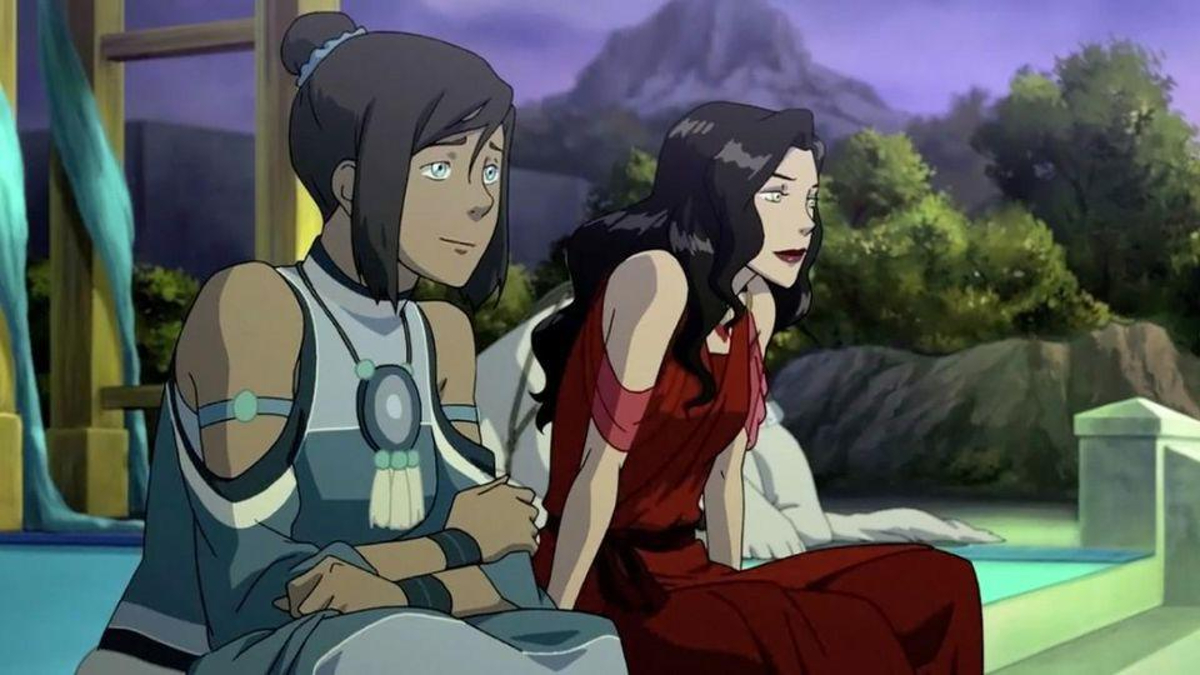
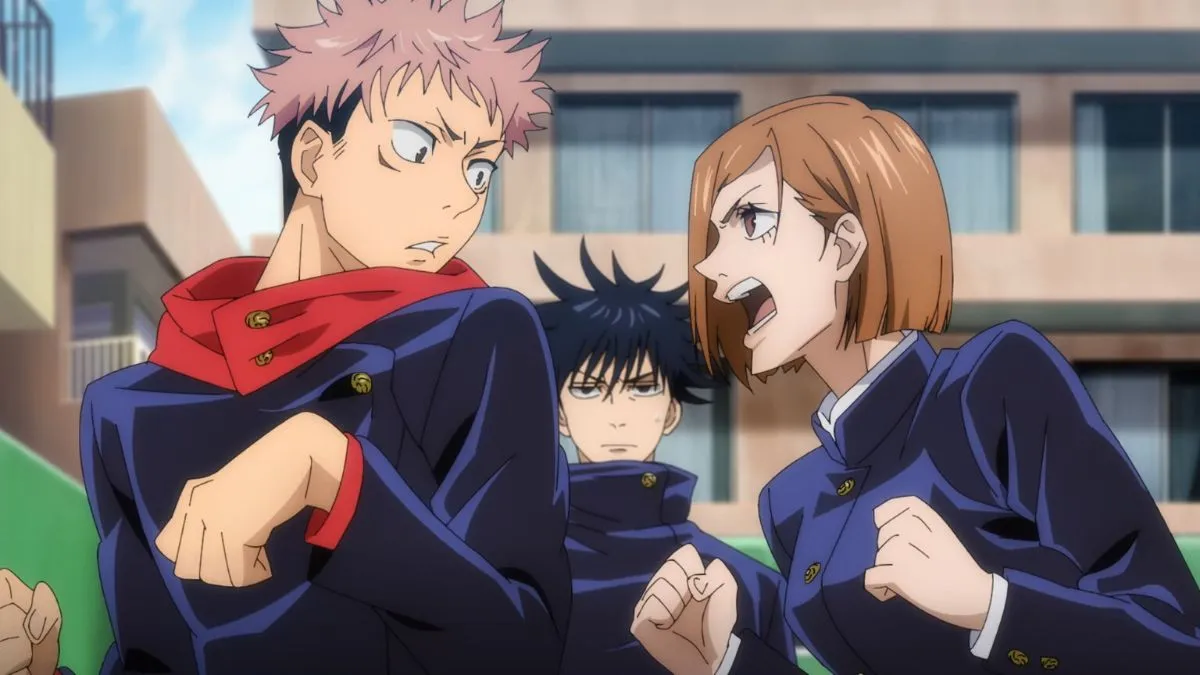

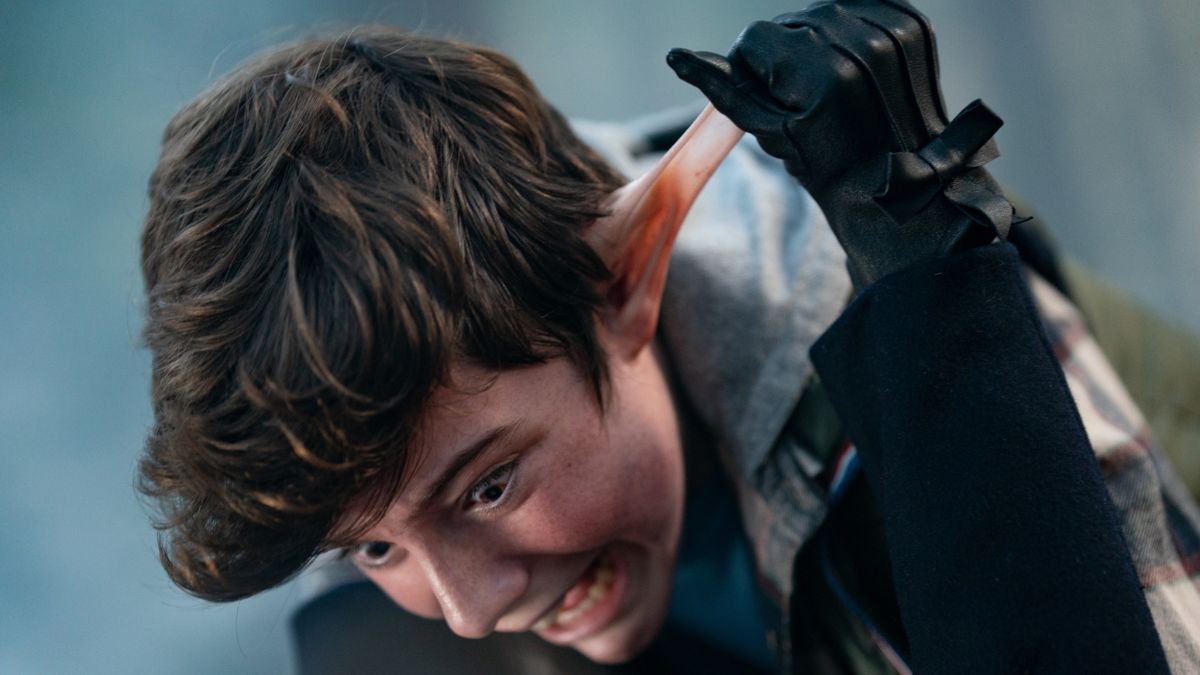
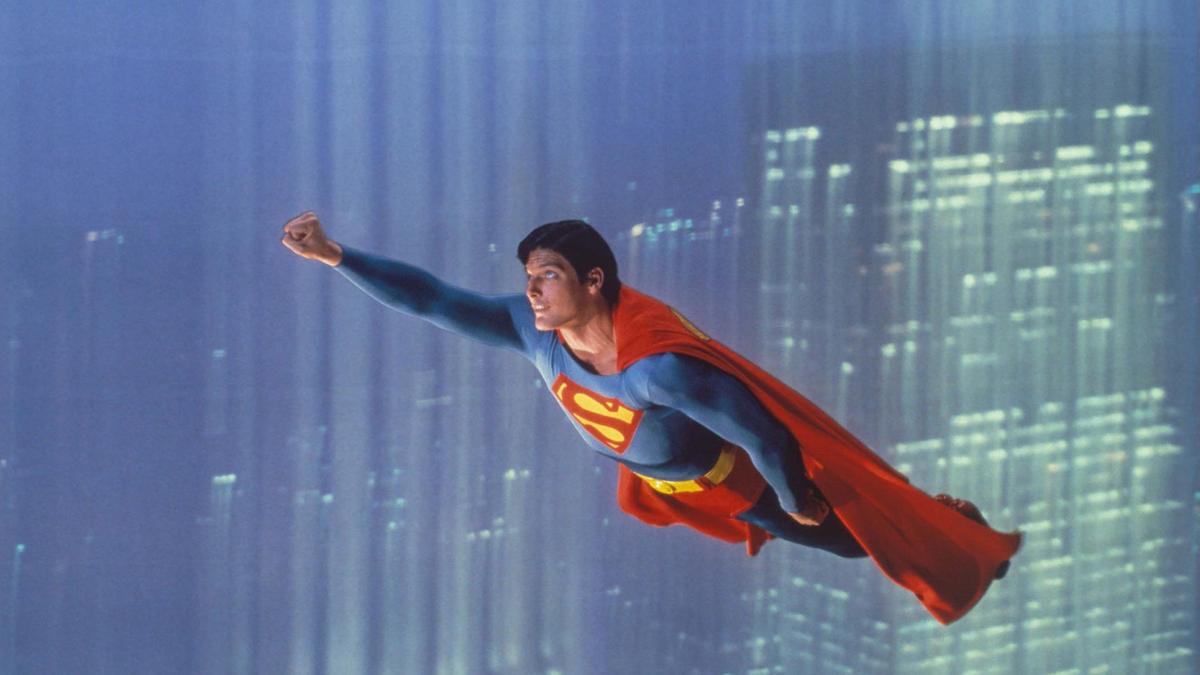
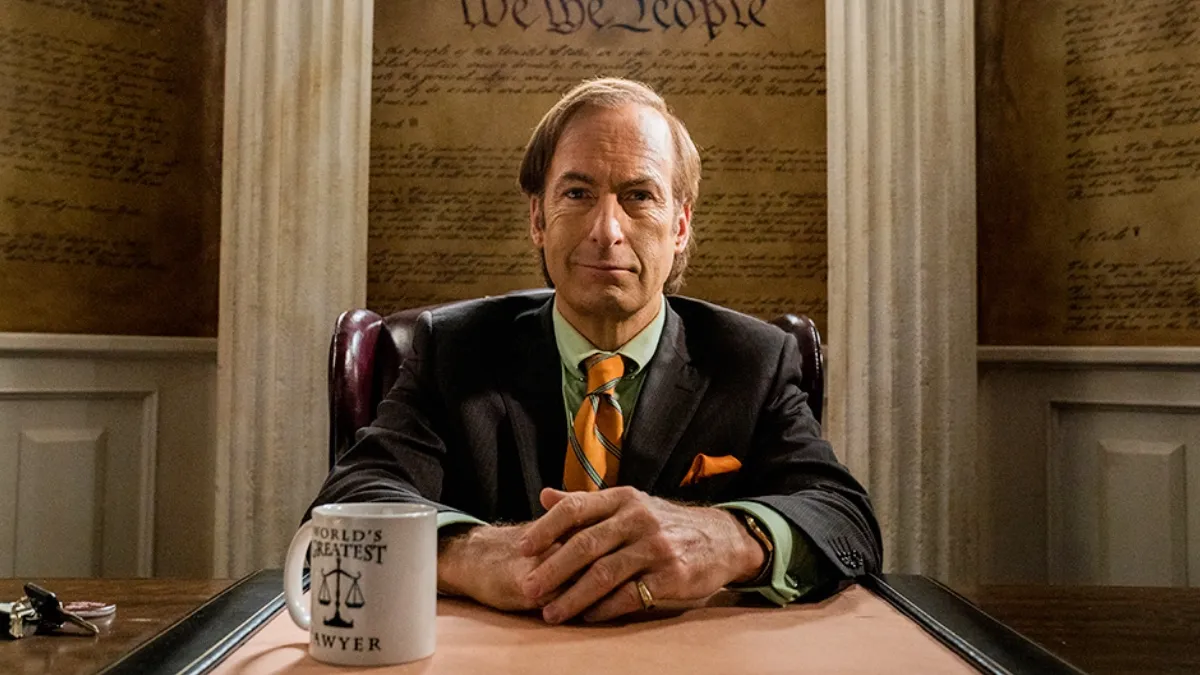
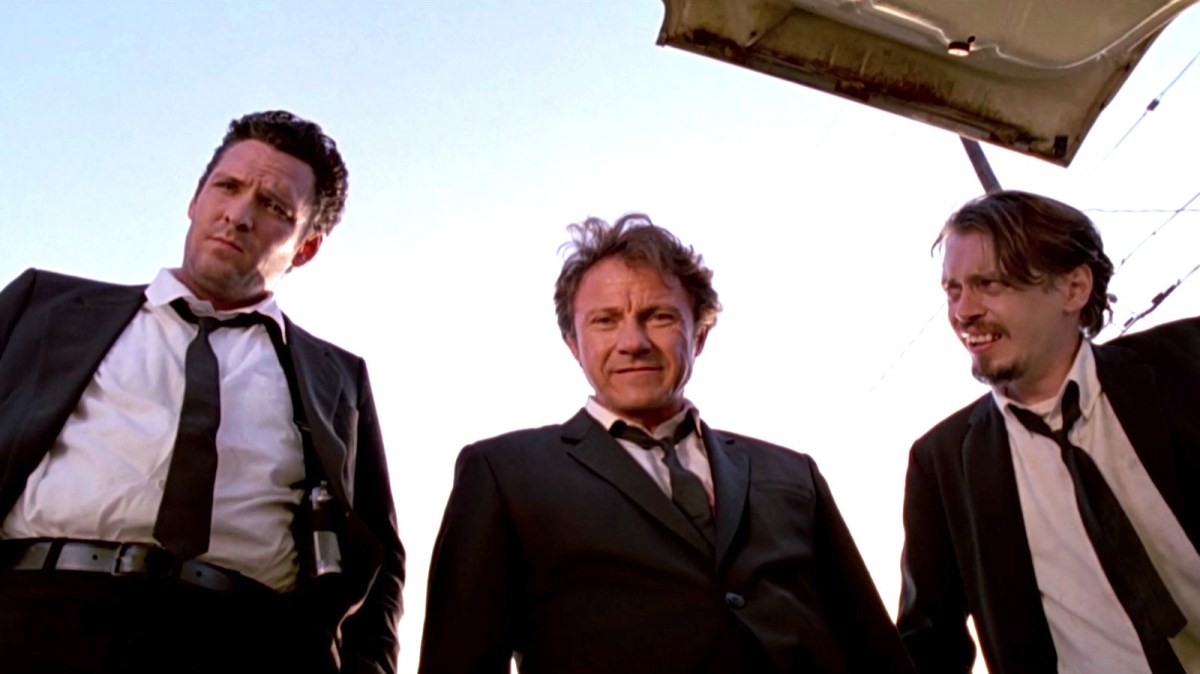
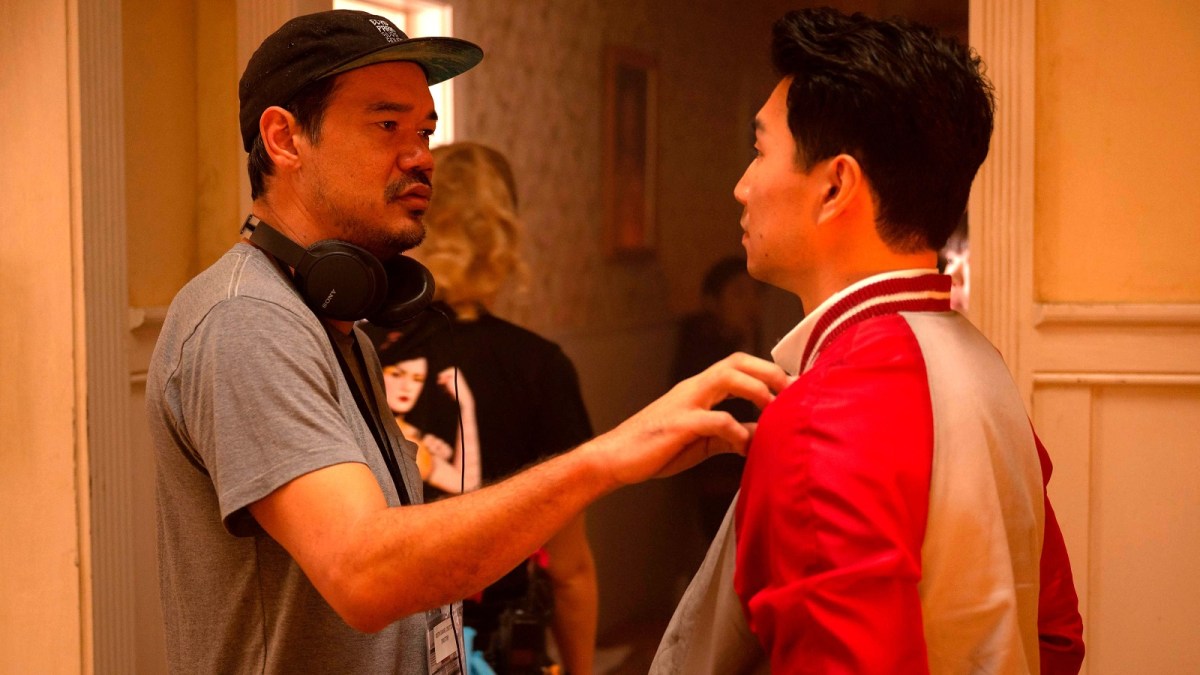
Published: Jul 5, 2011 11:00 am